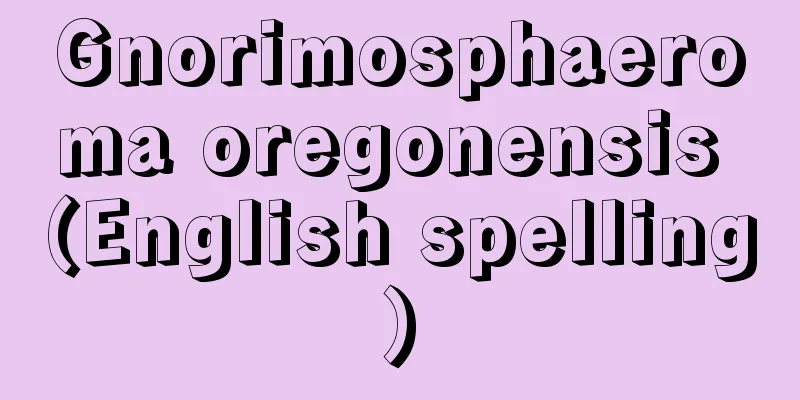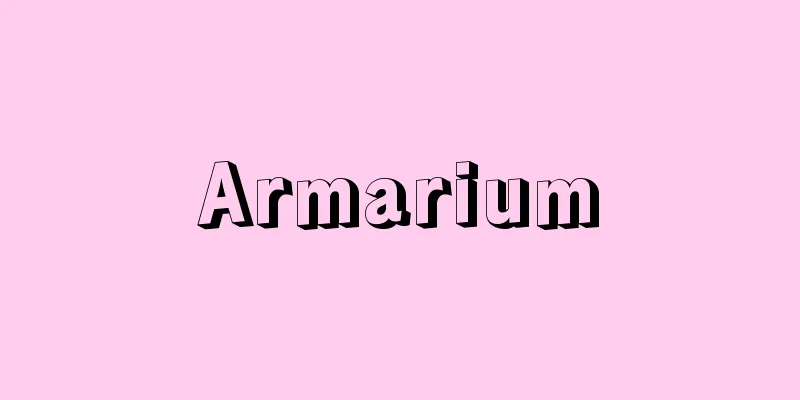Darkness Festival - Kurayami Festival

|
This is a festival where the lights are turned off and a sacred ritual is performed. The festival held on May 5th at Okunitama Shrine in Fuchu, Tokyo, is famous as the Dark Festival. In the past, all lights in the shrine grounds were turned off at 11pm on the day of the festival, and at noon, eight mikoshi (portable shrines) were carried out to the Otabisho shrine, where the ritual was performed in total darkness. Nowadays, for crime prevention reasons, the time is brought forward, starting at 4pm, but this remains a vestige of the past. In the past, ordinary houses in the town also turned off their lights, which led to a breakdown in public morals and people getting into fights, so the festival was also called the Fight Festival. The Agata Festival in Uji, Kyoto Prefecture, takes place on the night of the 5th and 6th of June. On the night of the 5th, the sacred wand (Gohei) leaves the house of a wealthy man in Hachibancho and travels to the main shrine, where the divine spirit is transferred. At around 3am on the 6th, it is carried from the main shrine to the temporary shrine of Uji Shrine. The lights along the road are turned off, and a procession of Gohei, lion's head, and Sakaki tree proceeds with the sound of a drum at the front, but pilgrims fight over the paper of the Gohei, claiming that it will ward off evil, and speak ill of each other. It is said that in the past, men and women used to have a custom of free-for-all on this night. At the Naked Festival held on the 10th of August at Yanahime Shrine in Mitsuke, Iwata City, Shizuoka Prefecture, the male parishioners wear straw loincloths on their naked bodies, carry the mikoshi (portable shrine) in the dark, and, forbidden to speak, move it to the Soja Oumi Kunitama Shrine. At that time, all the lights in the town are turned off. Even though it is not called the Dark Festival, the temporary extinguishing of the lights when the divine spirit is transferred to the mikoshi during the mikoshi togyo procession is a practice in festivals all over the country. [Oto Tokihiko] Source: Shogakukan Encyclopedia Nipponica About Encyclopedia Nipponica Information | Legend |
|
灯火を消して神儀を行う祭りをいう。東京都府中市の大国魂(おおくにたま)神社の5月5日の祭礼は、暗闇祭として有名である。かつては、当日の午後11時に境内の灯火をいっさい消し、12時に8基の神輿(みこし)が御旅所(おたびしょ)に渡御、暗黒のなかに祭儀を執行した。現在は防犯上からも時間を早め、午後4時から行い、その名残(なごり)をとどめている。昔は町内一般の家も灯火を消したので風紀が乱れ、喧嘩(けんか)をする者もあり、喧嘩祭ともいわれた。京都府宇治(うじ)市の6月5、6日の県(あがた)まつりは、5日の夜、神体となる御幣(ごへい)が八番町の長者の家を出て本社に行き、そこで神霊を移し、6日の夜中3時ごろ、本社から御旅所の宇治神社へ渡御する。その沿道の灯火は消され、太鼓を先頭に御幣、獅子頭(ししがしら)、榊(さかき)の祭列が進むが、御幣の紙を参詣(さんけい)人が魔除(まよ)けになるといって奪い合い、悪口を言い合う。この夜、男女間の無礼講の風習が以前はみられたという。静岡県磐田(いわた)市見付の矢奈比賣(やなひめ)神社の旧8月10日の裸祭には、氏子の男子は裸体に藁(わら)の腰簑(こしみの)を着け、暗黒のなかに神輿を奉じ、人声を禁じ、総社淡海国玉(おうみくにたま)神社に奉遷する。その際、町の灯火はすべて消される。暗闇祭の名称はなくても、神輿渡御にあたって神霊を神輿に移すとき一時灯火を消すことは、各地の祭礼で行われていることである。 [大藤時彦] 出典 小学館 日本大百科全書(ニッポニカ)日本大百科全書(ニッポニカ)について 情報 | 凡例 |
<<: Kurayoshi [city] - Kurayoshi
Recommend
All Souls' Day (English)
...Farmers lit their own fires to guide the spiri...
polyaddition
...These methods are used, for example, to produc...
"Name of the initiation history" - Kanjorekimei
…Kongobu-ji Temple [Wada Hidenori] [The Book of K...
Omido (Mount Tsukuba) - Omido
...His character as the guardian deity of agricul...
Convulsion
…The term convulsion has a very broad meaning and...
Shitekata - shitekata
The name of the roles of actors who play the shite...
Uffizi Gallery - Uffizi Museum (English name) Galleria degli Uffizi
An art museum in Florence, Italy. Its collection o...
Ukita Embankment
… [Shogo Yuihama] [History of reclamation] From t...
Toyotakeyamashiro Shojo - Toyotakeyamashiro Shojo
A Gidayu tayuu (a chanter of Gidayu). A master of...
Aldington, Richard
Born: July 8, 1892, Portsmouth, Hampshire [Died] J...
Gibbs, Josiah Willard
Born: February 11, 1839 in New Haven, Connecticut ...
Leopold I
1790‐1865 First king of Belgium. Reigned 1831-65. ...
Anaheim - Anaheim (English spelling)
An industrial city in southern California, United...
Careful - Shinto
Date of birth and death unknown. A legalist think...
Innovation (Politics) - Secret
… [Japanese political consciousness] Political co...









